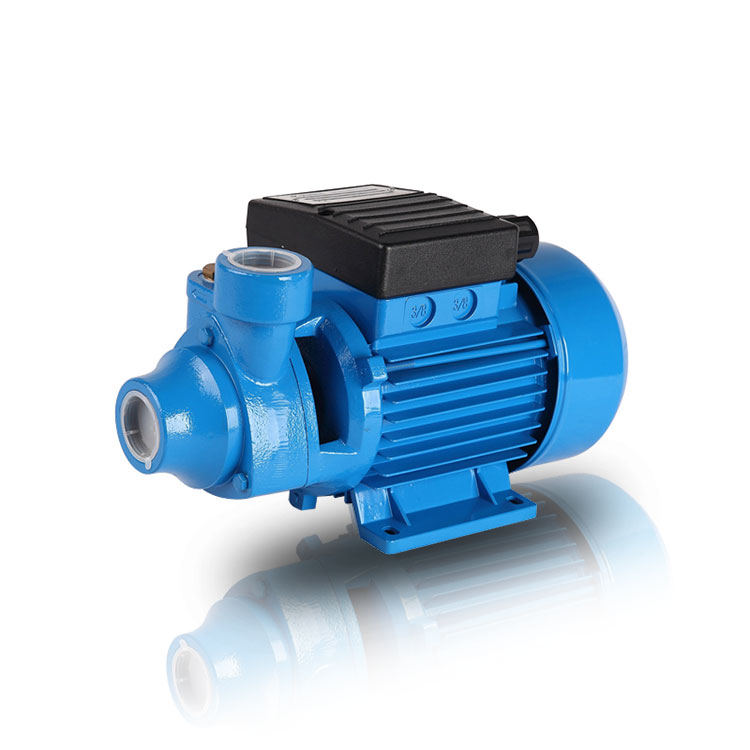Exploring the Working Mechanism of an Electrical Peripheral Water Pump
2024-06-15
An electrical peripheral water pump is a crucial piece of equipment in various industries, including agriculture, construction, and municipal water supply systems. Its ability to efficiently pump water from one location to another makes it a vital component in many operations. But how does an electrical peripheral water pump actually work? Let's delve deeper into its operating mechanism.
Core Components
To understand the working principle of an electrical peripheral water pump, it's essential to know its key components. These include:
Motor: The motor converts electrical energy into mechanical energy, driving the impeller to rotate.
Impeller: This rotating component creates the suction and pressure required for water pumping. As it rotates, it draws water into the pump chamber through the inlet and pushes it out through the outlet under pressure.
Pump Casing: The casing houses the impeller and provides a secure enclosure for the pumping chamber. It has inlet and outlet ports that allow water to enter and exit the pump chamber.
Operating Mechanism
Here's how an electrical peripheral water pump works:
Power Supply: The pump is connected to a power source, such as an electrical outlet or generator. This provides the necessary electrical energy to operate the motor.
Motor Rotation: Once powered on, the motor starts to rotate. This rotation is transferred to the impeller, causing it to spin within the pump casing.
Water Intake: As the impeller rotates, it creates a low-pressure area at the inlet port of the pump casing. This suction force draws water into the pump chamber.
Water Pressurization and Discharge: As the impeller continues to rotate, it pushes the water towards the outlet port of the pump casing. The rotation of the impeller increases the pressure of the water, forcing it out of the outlet and into the discharge pipe or hose connected to the pump.
Continuous Operation: As long as the power supply remains on and the pump is properly maintained, it will continue to operate, pumping water from the source to the desired destination.
Efficiency and Maintenance
The efficiency of an electrical peripheral water pump depends on various factors, including the design of the impeller and pump casing, the power rating of the motor, and the condition of the mechanical seal. Proper maintenance, such as regular cleaning and inspection of the pump components, can help ensure optimal performance and extend the pump's lifespan.
In conclusion, an electrical peripheral water pump works by converting electrical energy into mechanical energy using a motor, which drives the impeller to rotate and create suction and pressure forces. This allows the pump to draw water into its chamber and force it out through a discharge pipe or hose, efficiently transferring water from one location to another. Understanding the working mechanism of the pump and maintaining its components can help ensure reliable and efficient operation.



